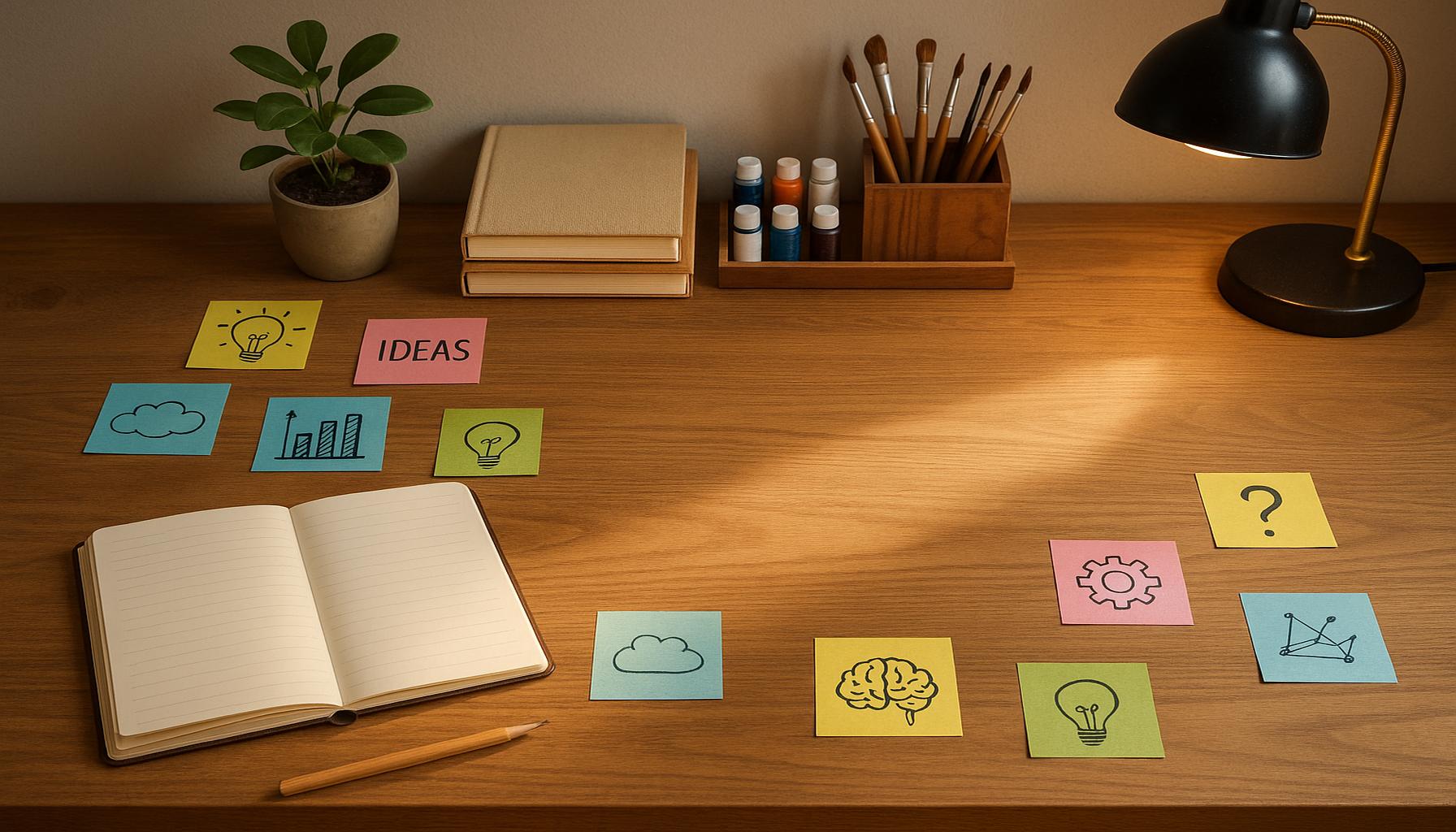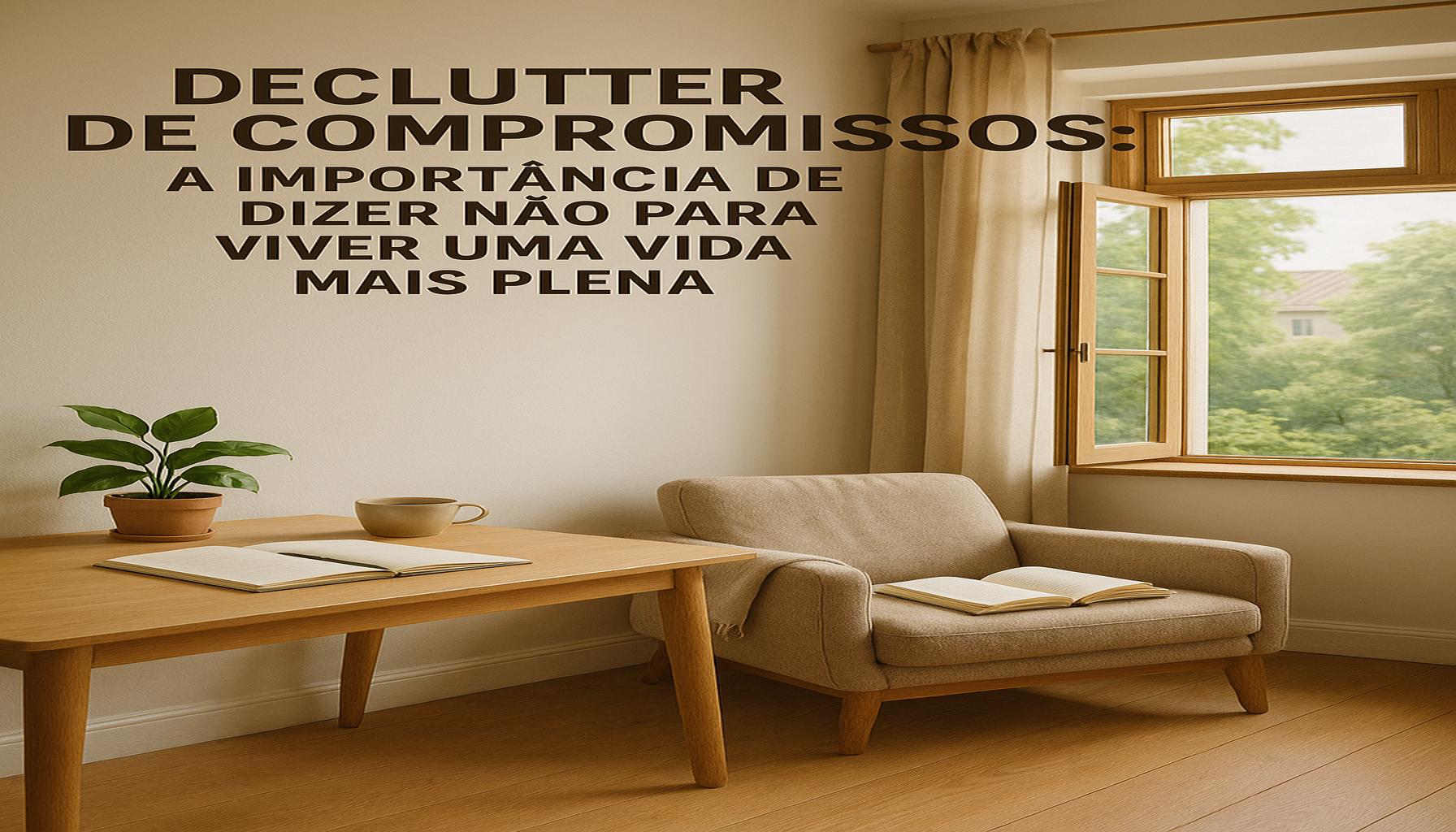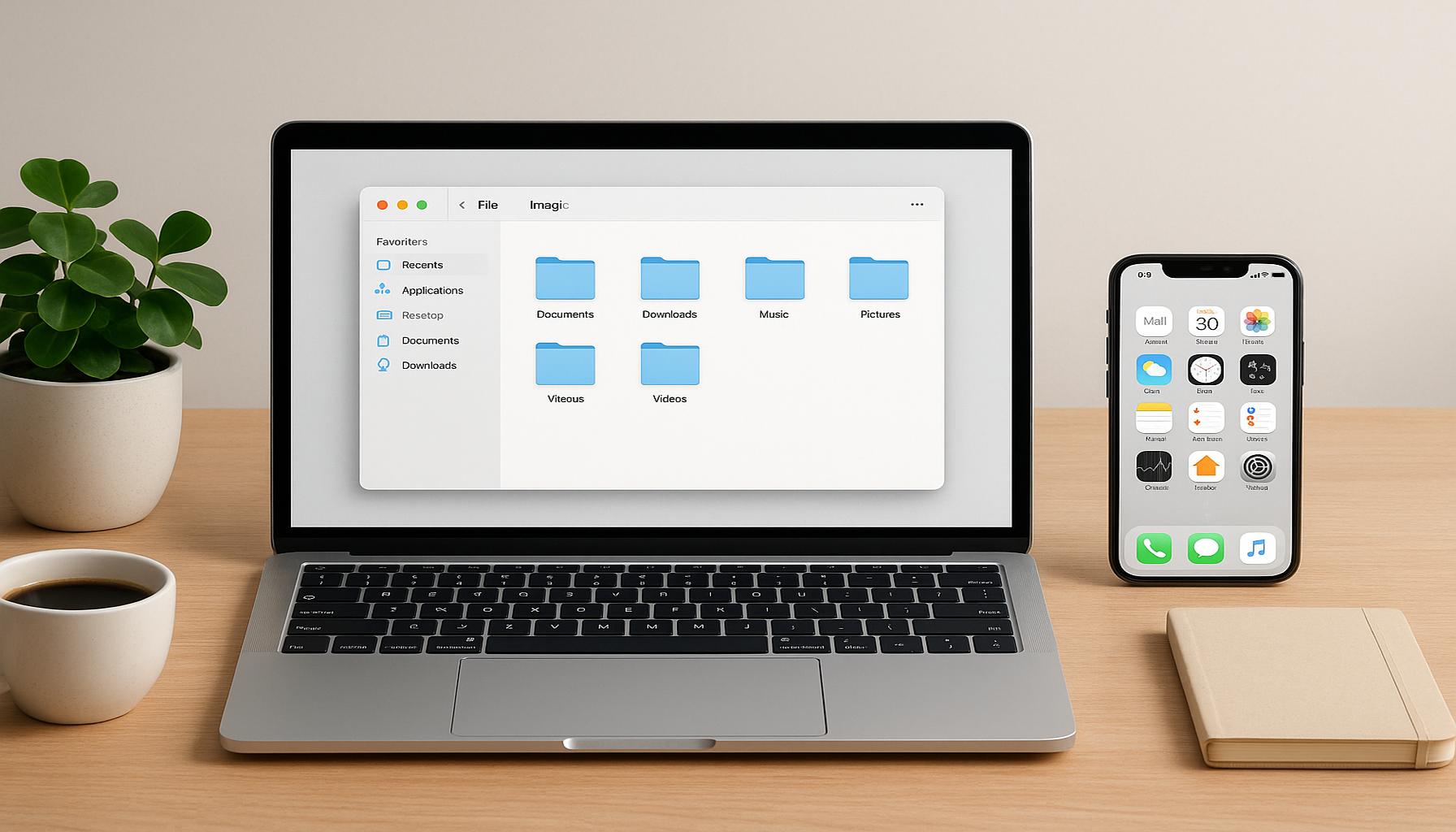Decluttering Techniques to Create a Minimalist and Productive Work Environment
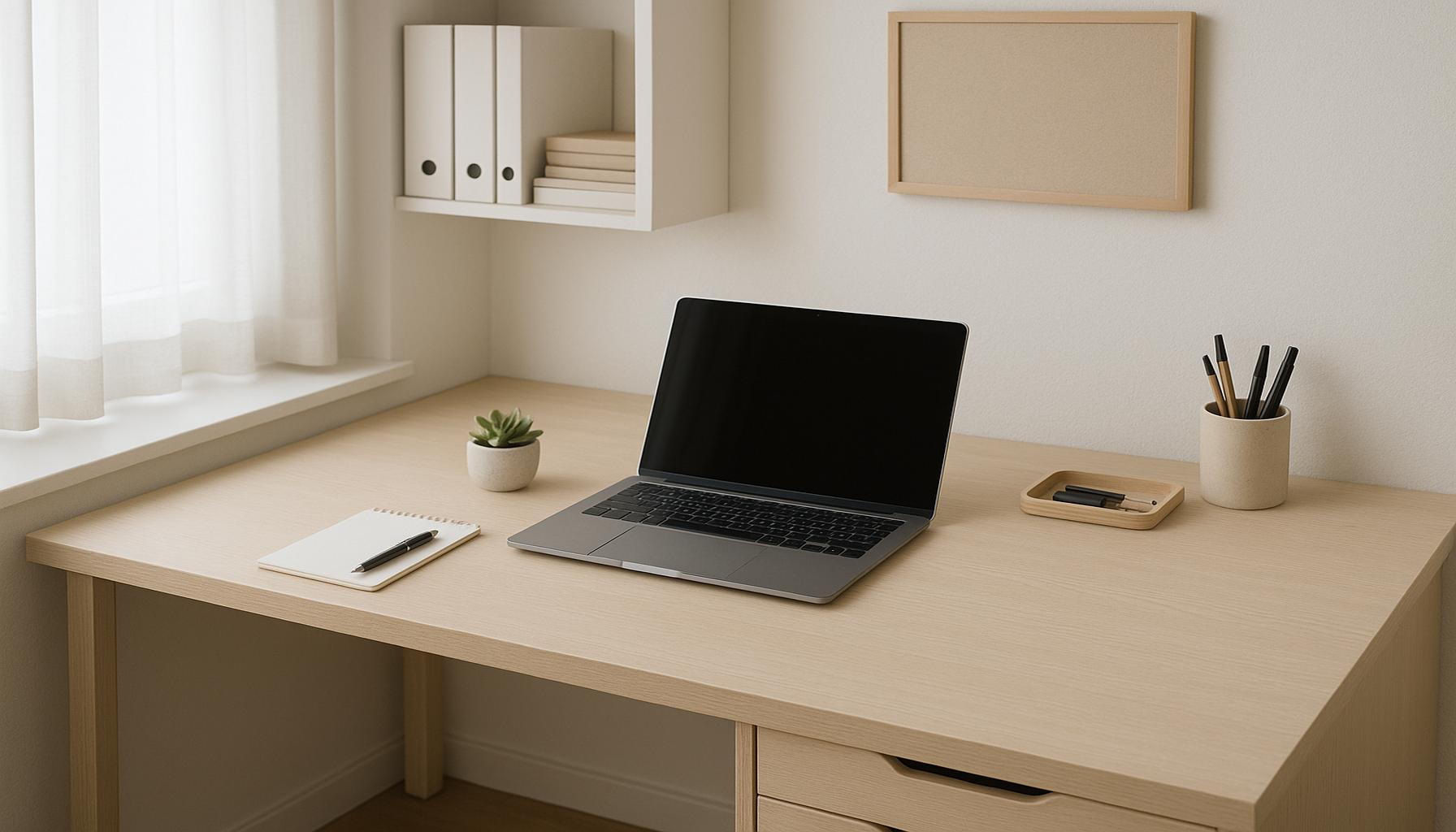
The Impact of Clutter on Productivity
A cluttered workspace can significantly hinder your productivity and creativity. Research shows that 85% of Americans feel overwhelmed by their work environment, which impacts their effectiveness. A chaotic space drains mental energy and can lead to feelings of frustration, making it difficult to focus on tasks at hand. As many individuals strive for a more streamlined and focused way of working, the concept of minimalism becomes increasingly appealing.
Embracing decluttering techniques can transform your work environment into a haven of order and inspiration. This approach not only enhances focus but also boosts morale. Picture this: when your desk is clear, you can actually see the surface of your workspace. You know exactly where your essential tools and documents are located, allowing for a more harmonious workflow. Consider the following key benefits:
- Increased efficiency: With fewer distractions, you can concentrate on essential tasks, resulting in a more effective use of your time. Studies have shown that employees working in less cluttered environments can finish tasks faster and with greater accuracy.
- Improved creativity: A tidy workspace can inspire new ideas. When your mind is free from the chaos of physical clutter, you may find yourself more open to innovative thinking and creative problem-solving.
- Reduced stress: An organized environment promotes a sense of calm. Research indicates that a clear workspace can lead to decreased anxiety, allowing you to concentrate more effectively on your projects without the weight of overwhelming disorder.
Techniques for a Minimalist Workspace
As we explore effective methods for creating a minimalist workspace, think about the items that truly matter to you. Adopting intentional decluttering practices can lead to a more productive and fulfilling work life. Here are some popular techniques you might consider:
- The 15-Minute Rule: Dedicate just 15 minutes each day to declutter. This can be a manageable task that fits into even the busiest schedules, allowing you to gradually create a more organized environment.
- The One-In-One-Out Rule: For every new item you bring in, remove one. This technique encourages mindful consumption and helps prevent excessive accumulation of unnecessary items.
- Digital Declutter: Keep your digital space organized by reducing unnecessary files. This includes unsubscribing from emails and deleting old documents that have no bearing on your current projects. A streamlined digital workspace can feel just as vital as a tidy physical desktop.
With these strategies in mind, you’ll be well on your way to achieving a minimalist and productive work environment. Remember that small, consistent changes can lead to significant improvements in your overall work experience. Whether it is clearing out your physical space or rethinking your digital organization, each step you take toward minimalism is a step toward enhanced productivity and creativity.
DISCOVER MORE: Click here to learn about the emotional benefits of decluttering
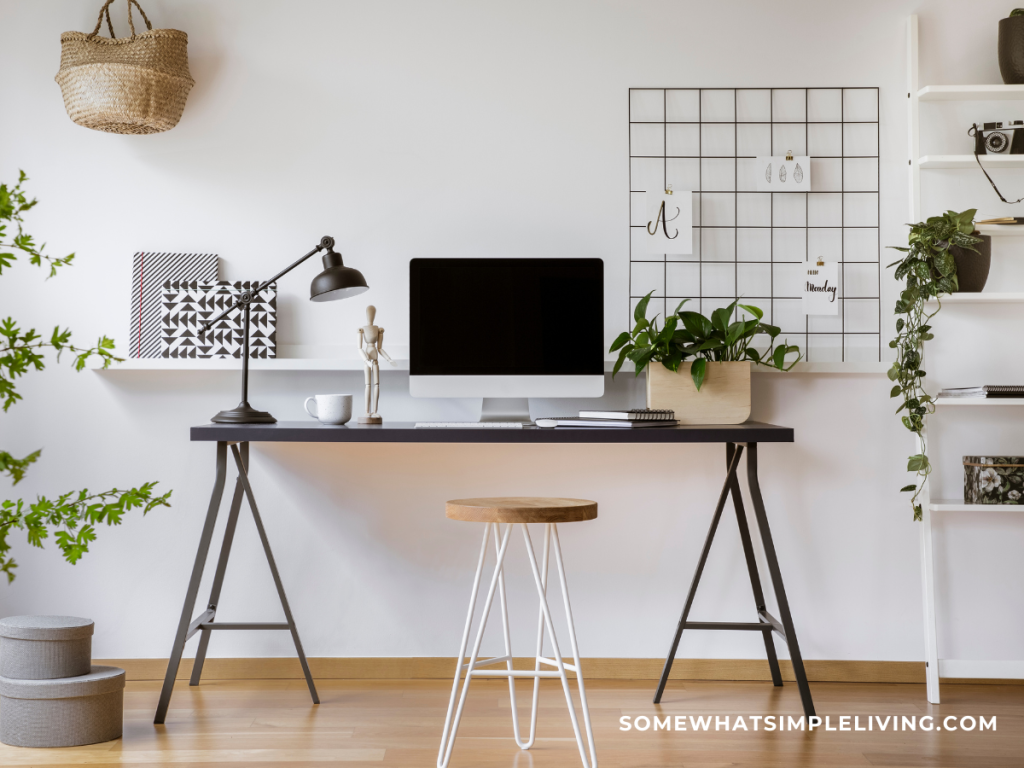
Implementing Effective Decluttering Techniques
Creating a minimalist and productive work environment starts with a clear understanding of the decluttering techniques that can streamline your space and enhance your workflow. The transition to a more organized and efficient workspace doesn’t happen overnight; it requires intention and strategy. By employing a variety of techniques, you can incrementally evolve your environment into a place that fosters productivity.
One of the most actionable strategies is the 15-Minute Rule. This technique encourages you to dedicate a mere 15 minutes each day to tidying your workspace. Whether it’s sorting through a stack of papers, organizing office supplies, or decluttering your desk, committing to a short, focused time can prevent the overwhelming feeling that a significant clean-up may incite. This consistent approach not only makes the task manageable but also integrates decluttering into your daily routine, promoting long-term organization.
The One-In-One-Out Rule is another powerful technique that emphasizes mindful consumption. As new items come into your workspace, consciously remove an existing item to maintain balance. This straightforward method prevents your workspace from becoming cluttered with unnecessary supplies or papers that no longer serve a purpose. By taking a moment to evaluate the usefulness of each item you acquire, you cultivate a more intentional approach to your workspace.
Physical decluttering is essential, but the Digital Declutter cannot be overlooked. In this digital age, our virtual workspaces can become just as cluttered as our physical environments. Begin by organizing your desktop: delete files you no longer need, and categorize essential documents into well-labeled folders. Additionally, consider unsubscribing from newsletters and promotional emails that clutter your inbox. A streamlined digital environment can significantly reduce stress and improve your focus, allowing you to engage more deeply with your current projects.
Employing these techniques leads to a systematic approach to establishing a minimalist workspace. Incorporating the following strategies can further enhance your decluttering efforts:
- Set Clear Goals: Define what you want to achieve in your workspace. Having specific goals, such as reducing the number of items on your desk or limiting distractions, will guide your decluttering process.
- Designate Specific Zones: Create designated areas for specific tasks or supplies. Having clear boundaries can help you stay organized and focused on the task at hand.
- Schedule Regular Decluttering Sessions: Beyond the 15-Minute Rule, consider setting aside time weekly or monthly to reassess and declutter your workspace. Regular maintenance is key to preventing clutter from accumulating.
As you implement these techniques, remember that minimalism is not just about reducing belongings; it is about enhancing your productivity and creating a space that inspires creativity. By actively engaging in the decluttering process, you’re not just cleaning up your desk—you’re transforming your work experience into one that is more focused and fulfilling.
| Decluttering Technique | Benefits |
|---|---|
| The 20/20 Rule | If an item can be replaced for less than $20 and in 20 minutes or less, consider letting it go. |
| Digital Decluttering | Organizing files and emails can greatly enhance focus and efficiency in a digital workspace. |
| One In, One Out Policy | For every new item brought in, an old one must go out to maintain a clutter-free environment. |
| Container Method | Using containers helps keep items organized and creates defined spaces for different categories. |
Employing these decluttering techniques not only fosters a minimalist aesthetic in your workspace but also significantly boosts productivity. By implementing the 20/20 Rule, you empower yourself to part with items that no longer serve a purpose, ultimately creating a space conducive to productivity. Additionally, digital decluttering streamlines your workflow by clearing out redundant files and emails, making it easier to focus on immediate tasks.The One In, One Out Policy introduces a disciplined approach to managing new items in your space, keeping clutter at bay and ensuring your environment remains functional and efficient. Lastly, the Container Method aids in organizing various items effectively, thereby enhancing accessibility and minimizing distractions during work hours.These practical strategies not only contribute to a neater workspace but also invite a sense of tranquility and clarity, essential for optimal productivity.
DIVE DEEPER: Click here to enhance your online experience
Enhancing Productivity Through Focused Decluttering
Achieving a minimalist and productive work environment involves not only the physical act of decluttering but also cultivating a mindset that prioritizes efficiency and focus. Incorporating several decluttering techniques can lead to a seamless transition into a workspace that inspires creativity and innovation. A particularly effective method is the Pareto Principle, also known as the 80/20 rule, which states that 80% of results come from 20% of efforts. In the context of decluttering, this principle encourages you to identify which items in your workspace create the most value and which ones do not contribute meaningfully to your productivity.
An additional layer to this approach is the Four-Box Method. This technique involves labeling four boxes as: Keep, Donate, Trash, and Relocate. As you sift through your belongings, place each item into one of these boxes, which provides a clear visual representation of what should remain in your workspace and what can be removed. This method not only helps in minimizing clutter but also makes the process feel less daunting by providing a straightforward categorization. It can be especially beneficial for visual learners, making the organization tangible and easy to grasp.
To effectively manage tasks amid potential distractions, consider incorporating the Pomodoro Technique into your work routine. This method breaks your workday into segments, traditionally 25 minutes of focused work followed by a 5-minute break. During the focus period, ensure your workspace is free of distractions. Designate this time for high-priority tasks, ensuring that your environment aligns with the focused mindset needed to be productive. The brief breaks in between serve as opportunities to stand up, stretch, or even engage in a quick decluttering task, thus maintaining a fresh and organized space throughout the day.
Moreover, assessing your task management system can dramatically impact your productivity. Digital tools and applications can help you keep track of deadlines and projects while minimizing paper clutter. Utilizing software like Trello, Asana, or Notion allows you to centralize your tasks and notes, reducing the physical items on your desk and digital chaos on your computer. Integrating a robust task management system fosters a sense of organization and clarity, eliminating the stress associated with disorganized workloads.
Finally, consider the impact of ambiance and ergonomics in your workspace. A decluttered environment goes hand in hand with the physical arrangement of your office. Invest in ergonomic furniture that helps maintain comfort and promotes productivity. Items like adjustable chairs and sit-stand desks encourage movement and comfort, fostering a work environment that values health as well as efficiency. Moreover, controlling elements such as lighting—using natural light when possible or investing in quality desk lamps—can also enhance your focus and engagement with work tasks.
Applying these decluttering techniques not only helps create a more minimalist workspace but also cultivates an overall atmosphere conducive to productivity. Through intentional organization and a thoughtful approach to your environment, you can unlock a new realm of creativity and effectiveness at work.
DIVE DEEPER: Click here to discover the power of focus
Final Thoughts on Achieving a Minimalist Workspace
In conclusion, embracing a minimalist approach through effective decluttering techniques can profoundly transform your work environment, leading to heightened productivity and creativity. The journey toward an organized office begins with a clear understanding of what is necessary for your success. Utilizing methods such as the Pareto Principle and the Four-Box Method not only simplifies the process of decluttering but also encourages a focused work mindset. By identifying and retaining only those items that truly enhance your productivity, you pave the way for a space that reflects clarity and intention.
Implementing productivity techniques like the Pomodoro Technique can further amplify your efficiency within this newly organized environment. Breaking your workload into manageable segments helps maintain concentration while allowing for the sporadic refreshment of your surroundings. Moreover, the introduction of digital tools for task management minimizes physical clutter and keeps your workflow organized and efficient.
Finally, let us not underestimate the importance of a thoughtfully arranged workspace. Investing in comfortable, ergonomic furniture along with a well-considered lighting scheme sets a positive atmosphere, promoting holistic well-being and focus. Creating a minimalist work environment is not just about reducing clutter—it’s about designing a space that fosters productivity and creativity.
As you embark on your decluttering journey, keep in mind that the end goal is not merely an aesthetically pleasing workspace, but rather a productive haven that can inspire and motivate you to achieve your best work. Challenge yourself to adopt these techniques with consistency, and witness how a decluttered environment can unlock new potential in both your professional and personal life.
